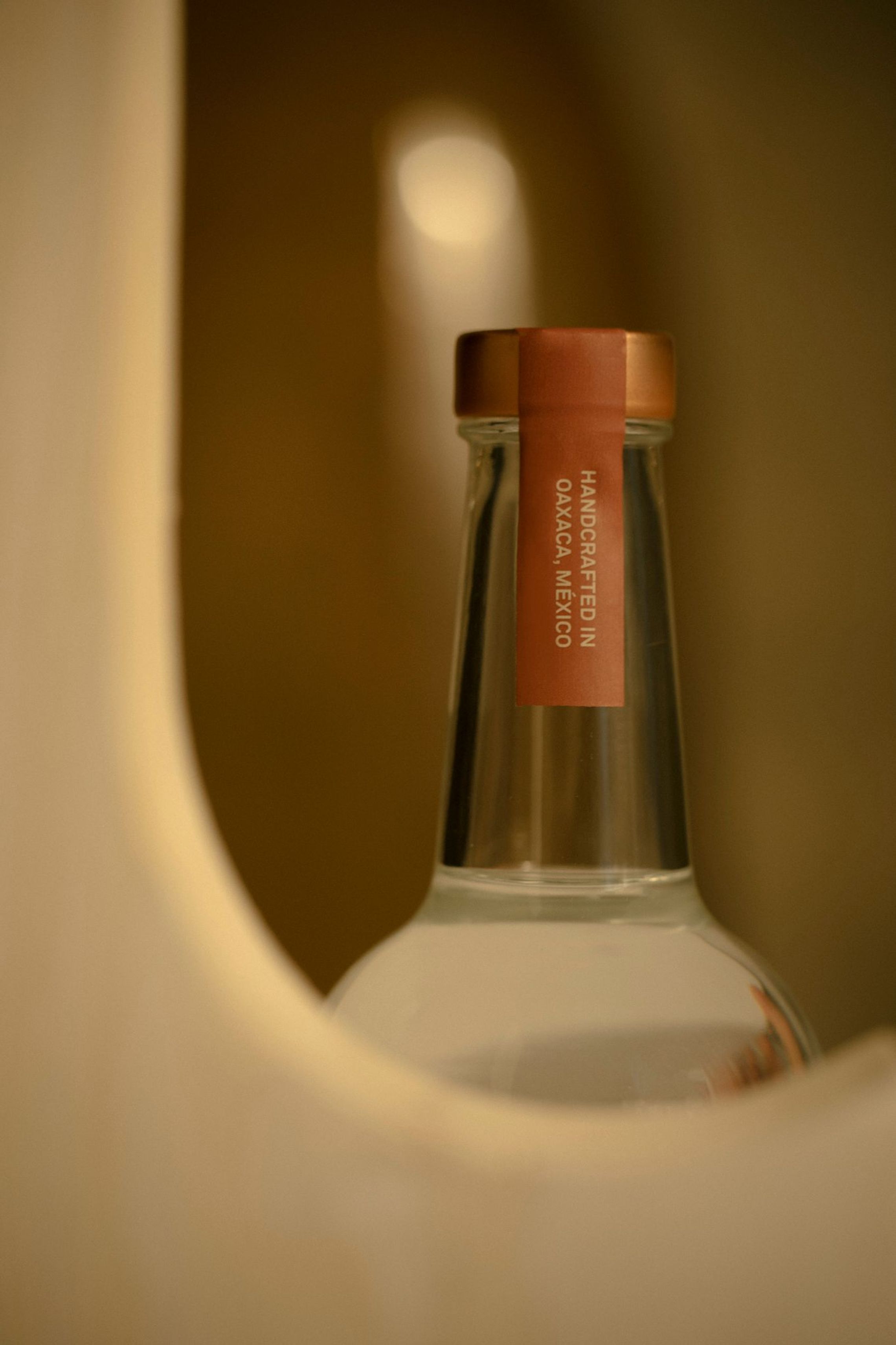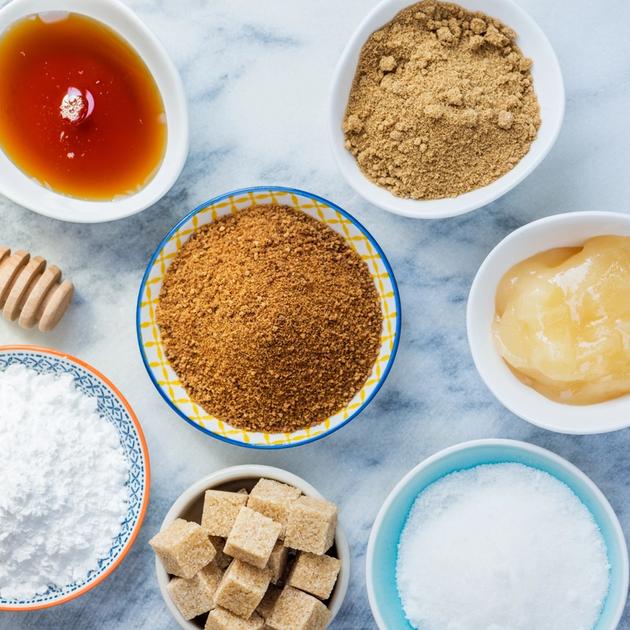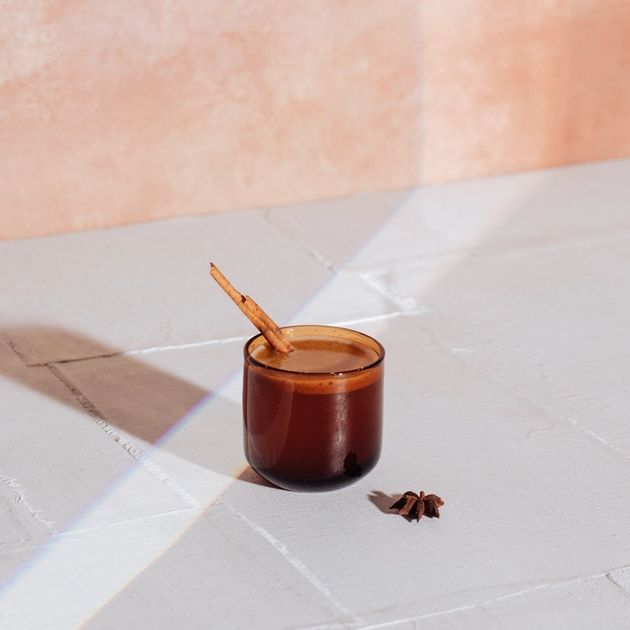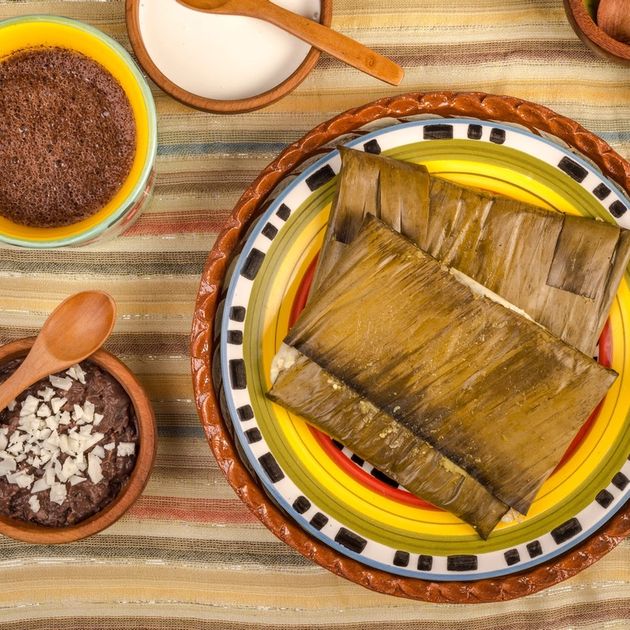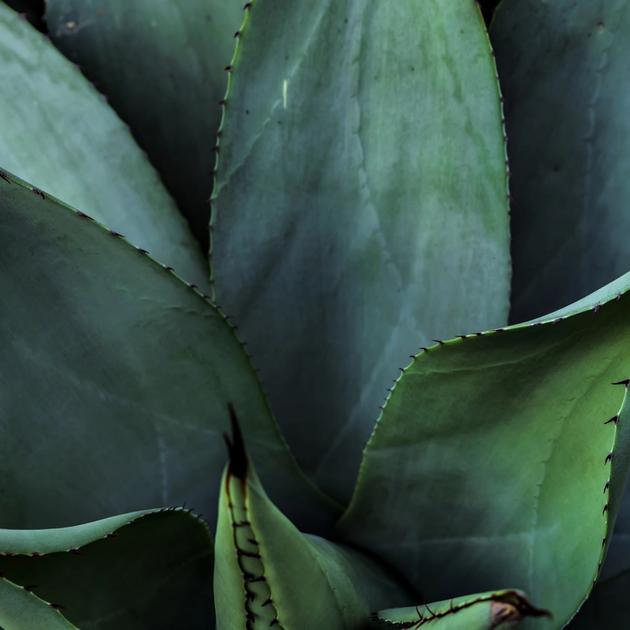Perhaps some of us feel shy asking about Mezcal because we think that as adults, we should know about all of the liquors, right? Well, wrong. There are too many out there and frankly, there’s too much to know. Maybe you feel like it’s not “cool” to ask, “Hey, what exactly is Mezcal?”
We think it’s cool to be curious. If you don’t know, ask, speak up; curiosity is beautiful.
Mezcal is relatively unfamiliar to most of us, but that’s why we’re here. It’s time to get to know Mezcal as well as we do. By the end of this, you’ll know everything you need to know and be well-equipped to go out and find the best Mezcal there is—cheers to that.
Location, Location, Location
Starting from the very beginning, Mezcal is a distilled spirit made from agave plants. Agave plants are native to hot places of the world, like the southern U.S. and many regions of Mexico.
What sets a great Mezcal apart has a lot to do with the specific terroir, or the environment in which it is cultivated. Just like with wine and champagne, little differences (that add up to make all the difference) in Mezcals come down to geography. A whopping 90% of the world’s Mezcal supply comes from Oaxaca (Rosaluna included), but different regions affect the final product.
Agave carries with it the distinct characteristics of the terroir in which it was grown in. The environment the agave comes from will give it its unique flavor profile. We should also note that the way agave is grown, cared for, and harvested will also affect the flavor (and we treat our agaves like family, BTW).
Mezcal Rosaluna is made in the beautiful rolling hills of Oaxaca, in the town of Santiago Matatlán. Oaxaca is lovingly referred to as “The Capital of Mezcal,” and for a good reason: it produces the best Mezcal. Mezcal labels should have a NOM number on the label, identifying the distillery where the specific spirit was produced. Curious about the bottle you’re holding in your hand at the store? A quick Google search should do the trick.
So, when choosing the right Mezcal, seeing a “made in Mexico” label should be your first criteria.
The Ingredient List
Here’s the thing, a Mezcal’s ingredient list should look more like a sentence than a list. No longer than this sentence, actually.
Mezcal is regulated and must be made with 100% agave. For comparison, Mezcal’s cousin, tequila, can be mixed with up to 49% alcohols derived from other ingredients.
The beautiful thing about Mezcal is its simplicity in ingredients. Made with only agave, water, and lots of love. It has zero carbs, zero added sugars, and is vegan and gluten-free. A glass of Mezcal is a glass of pure, wholesome ingredients. It’s made with a little magic and none of the bad stuff.
Has It Been Aged?
Unaged Mezcal is referred to as Joven, which translates to “young” in Spanish.
Different Mezcals are aged for anywhere between a few days and several years. Resposado is aged for longer than two months but less than a year. Añejo is aged one to three years. Extra-Añejo is aged for longer than a year, maxing out at around ten years. That said, unlike many other kinds of alcohol, an aged version may not be your best option here.
True artesanal Mezcal-making methods typically skip over the aging process because it is believed that part of the joy of agave-spirits is tasting the agave itself. Mezcal is known for its smoky flavor, but it’s really so much more than that. Mezcal brings a complex flavor profile with many layers; notes of citrus, tropical fruits, pineapple, and pear. Of course, there’s the smooth finish and hints of agave smoke along the way too.
Taste It (The Right Way)
When finding the best Mezcal, you need to taste-test the correct way. Rosaluna’s smooth and sweet flavor makes it perfect for drinking neat, which in our humble opinion, is the only way you should be trying Mezcal if you’re taking this process seriously.
Mezcal isn’t like other liquors. She deserves special attention and appreciation.
We respect other alcohol drinking rules (red wine slightly warmer, white wine slightly cooler), so let’s carry this over for Mezcal too: neat. One more time: neat. Mezcal brings a full experience of unique and complex flavors that can and should be enjoyed all on its own.
The traditional way to drink Mezcal is out of a jicara , meaning “cup,” in Spanish. A jicara is made from a fruit of the Crescentia cujete tree. The dried fruit is split in half and resembles the shape of a small bowl. They come in a variety of sizes but usually fit perfectly into the shape of your palm.
No matter the vehicle-of-choice to get the Mezcal to your lips, the best way to drink it is taking smaller sips, similar to kisses. Mezcal is a reminder for us all to slow down, relax, and be in the moment. Taking smaller sips, with breaks in between, is how you’ll most appreciate the different flavors and aromas.
Mezcal is also best enjoyed at room temperature. Mezcal contains natural congeners, which give it flavor. Chilling the Mezcal would dull these compounds and leave us with a faded-tasting Mezcal—boo.
To taste Mezcal the right way, serve a small glass at room temperature. Oh, and enjoy it with good company, of course.
Get Clear on what You’re Looking for
As obvious as it sounds, you’re allowed to judge the Mezcal by its packaging (label). Mezcal is a traditional drink, and the bottle it comes in should reflect that. Any Mezcal packaged with neon colors, chromes, skeleton characters, or cheap-looking designs should be ignored. Look for mellow, mature colors for packaging instead.
When reading the label, you’ll want to check where it was produced and ensure that it is made with 100% agave. Finding the NOM number on the label will make this part easy.
Unaged Mezcal beats aged Mezcal. The aging process takes away the elements that made us fall in love with Mezcal in the first place. If a Mezcal shows an amber color, it is likely “Resposado” and “Añejo.” Leave these Mezcals behind and stick with anything “Joven” (unaged).
Lastly, the maximim alcohol content should be 45% (90 proof).
That’s it! These are all the tools you need to go out and find the best Mezcal out there.
Why Rosaluna Is above the Rest
We’ll always hype up all of our Mezcal friends, but if we’re honest, Mezcal Rosaluna is the real MVP.
Rosaluna comes from the world’s “Capital of Mezcal,” what else do we need to say? Our Rosaluna is handmade by a sister and brother duo whose family has been lovingly creating the spirit for over six generations. It’s more than our job—it’s our craft.
We’re 100% vertically integrated. This means we grow, farm, ferment, and distill our own agave from start to finish. We also pride ourselves in keeping our process sustainable: We rest the field for 1-2 years after harvesting the agaves to allow our soil to restore itself. We use natural pollination. We reuse the fibers and the fermented water from our Mezcal-making process as fertilizer for our agave plantations. And last but not least: we don’t use electricity for cultivation or production.
Our Rosaluna brings three unique, complex, and exciting flavor profiles. Earthy Agave: Roasted agave hearts and their delicious caramel notes lead the way, while spices like ginger and cinnamon are woven throughout. Complex Aroma: With notes of citrus, tropical fruits, pineapple, and pear, it’s an experience of bright notes that can be enjoyed by everyone. Smooth Finish: Leading with a hint of agave smoke, it finishes with subtle layers of sweet fruit and baking spice.
Rosaluna is the hug after a long day, a dance under the moonlight, and everything in between. There’s something about its long history and true simplicity that just feels right. Agave, water, and lots of love. Really, it’s all you need.
External Sources:
https://www.healthline.com/health/alcoholism/congeners
https://www.mezcalreviews.com/mezcal-brands-distilleries-noms/
